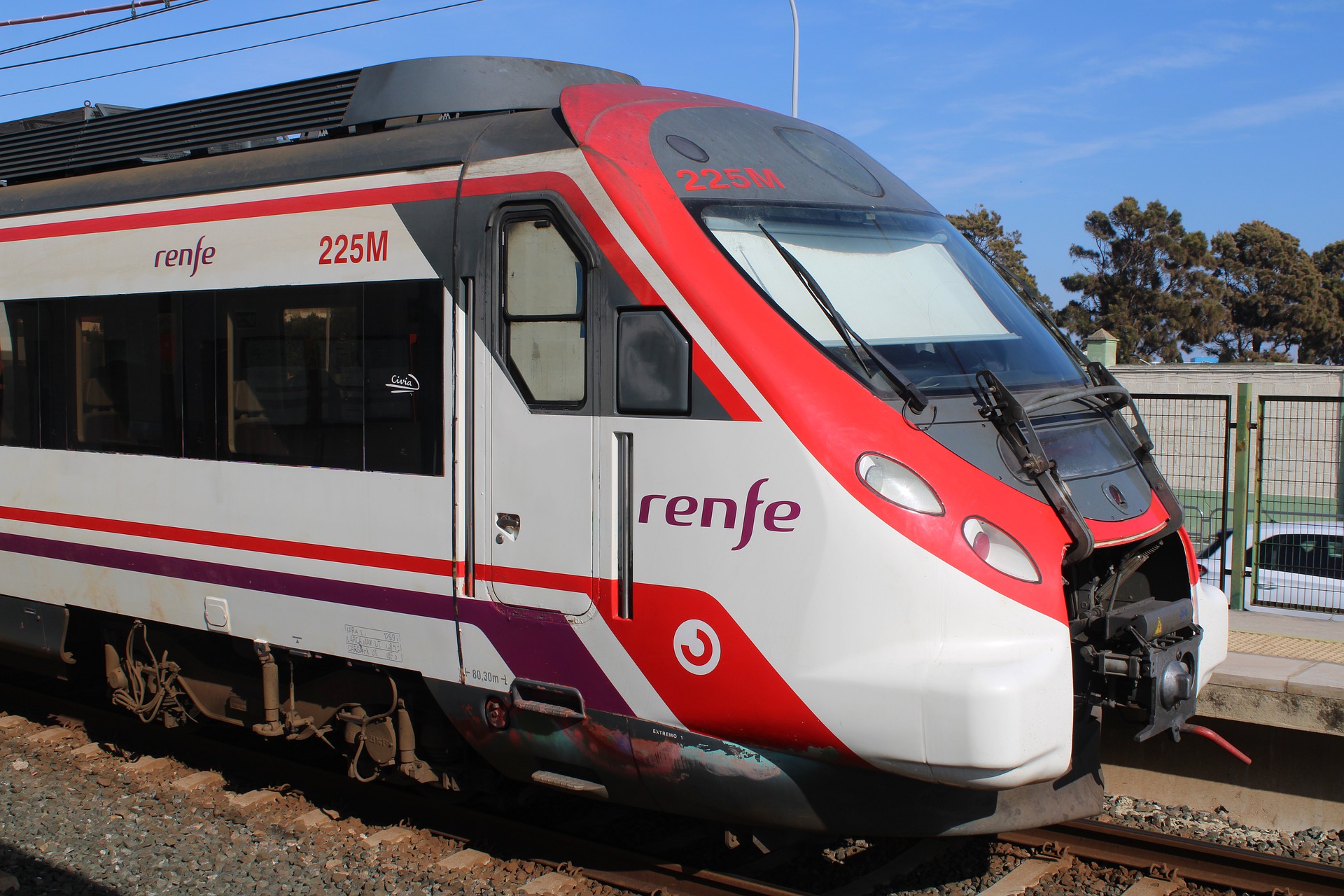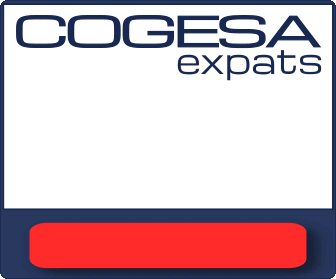Renfe losses of €479million are a historical low. 2020 is the worst year in the history of the Spanish railway company. This compares to a profit of €107million in 2019. Traveller numbers drop by 47.8%.
High-speed train AVE transported 14 million fewer passengers last year than in the previous year, which means a loss of turnover of 30%. The total Renfe losses of nearly €500 million are significantly greater than initially calculated at €200 million. It is the largest setback since 2005, the year in which the company restructured and handed over railway management to Adif.
In 2020, Renfe transported a total of 226 million passengers, almost half the total of the previous year. The commercial, non-subsidised train services of Renfe – AVE and Larga Distancia – transported 12.5 million passengers last year: a drop of 63%. Only 7.8 million passengers used the high-speed AVE train.
No redundancies or ERTEs
Grupo Renfe received more than €2.8billion last year, over 30% less than the year before. It should be noted, however, that the state subsidy increased by over 20%, to €1.4billion. Without this government injection, the revenue loss would have been greater than 50%. Despite the significant loss of income, Renfe kept all employees in service. Unlike airlines and other transport companies, Renfe did not introduce the temporary unemployment scheme ERTE either.
Renfe losses greater in goods transport
The hardest blow is for Renfe Viajeros with a loss of almost €440millions versus a €127million profit in 2019. The only sector that did not end up in the red is Alquiler de equipos (equipment rental) with a profit of €2.98 million. Renfe Mantenimiento (maintenance) suffered a loss of €34million. Renfe Mercancías (freight transport) suffered a loss ten times greater than in 2019: a loss of €3.7million in 2019 to a loss of €44.5million last year. Several attempts by Renfe to revive this problem child with the help of private logistics and industrial partners failed miserably. Once again, the competition from other means of transport was too fierce and freight transport dropped by more than 16%.
Difficult recovery
Renfe is confident of its projected recovery figures for 2021, though does not expect it to be easy. One factor is the vaccination campaign taking longer than originally thought. Another is the emerging competition after the liberalisation of the European rail market. In May, for example, the French railway company SNCF will start a low-cost high-speed route (from €9 per journey) between Madrid and Barcelona. In response, Renfe launched the low-cost high-speed Avlo train, which will start operating in June this year (instead of the original start date of April last year). The rates for Avlo are between €9 and €44.


